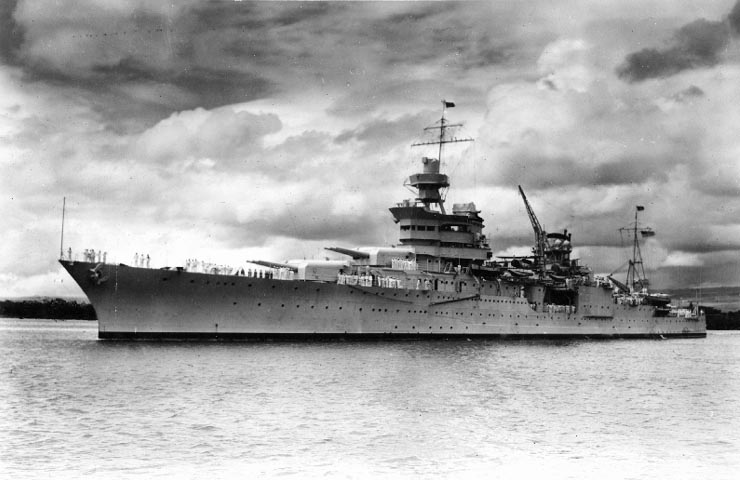The year was 2000, the whole world was celebrating the dawn of the new millennium, however in the U.S congress a debate was taking place about the captain of USS Indianapolis. The US Navy heavy Cruiser Indianapolis was sunk by a Japanese torpedo on July 30th, 1945, and its captain Charles B. McVay III was blamed for the death of close to a thousand crewmen.
The story of USS Indianapolis came to light with the release of the famous horror movie Jaws in 1975 in which captain Quint recounts how he survived the shark attacks that followed the sinking of the warship USS Indianapolis. Most of the Americans were unaware of the fact that on July 30th just before the Second World Ended in 1945, more than a thousand US Navy crewmen fought sharks in the south pacific for a whole week and only 317 out of 1196 survived the hell.
Indianapolis was on a secret mission to drop crucial charts and equipment on the Tinian Island for the atomic bomb that was to be dropped on Hiroshima less then two weeks later. On its way back home, Indianapolis was spotted by a Japanese submarine and it capsized after it took multiple torpedo hits. The crew helplessly waited for the rescue in the cold and shark infested waters. For a whole week help did not arrive and most of the crewmen fell prey to sharks and hypothermia.
After the war was ended and atomic bomb devastated Japan, an American pilot accidentally discovered the remaining crew members that were on the brink of death. A rescue mission was dispatched and 317 surviving soldiers were taken to Guam Island for treatment.
This real life ‘Jaws’ left the surviving men with gruesome memories of the ordeal and most of the survivors did not speak of the whole affair all through their lives. Now only 31 of the survivors are still alive, and 14 of them met a few weeks ago to share memories and connect with each other.
For the survivors this meeting is a therapy they cannot afford to lose, family members and friends joined them. This meeting served as reconciliation for everyone involved especially for the grand daughter of Mochitsura Hashimoto, Japanese commander who ordered the sinking of Indianapolis. She was received with respect back in 2001 when she attended the meeting for the first time. All the attendees have shared sentiments of forgiveness and optimism for peace and tranquility in the future, the National Geographic reports.
All the survivors of the Indianapolis shared a bond between each other. Those seven or so days fighting cold waters and deadly sharks brought them close and peacetime friendship strengthened that bond.
In the end, after long debate, President Clinton and the Congress exonerated captain McVay.
